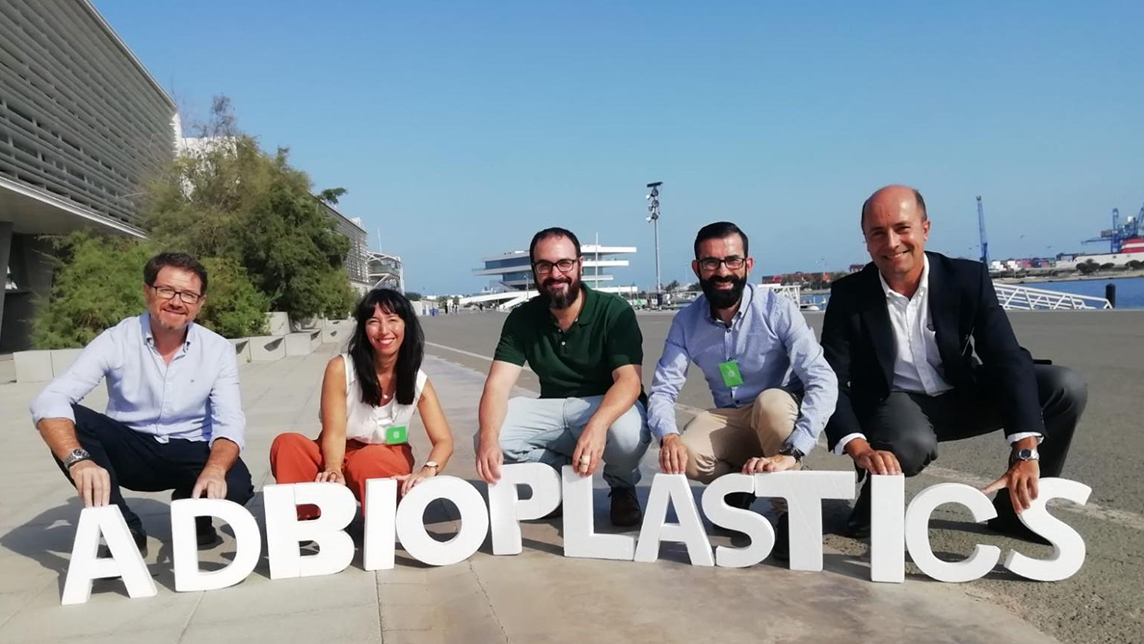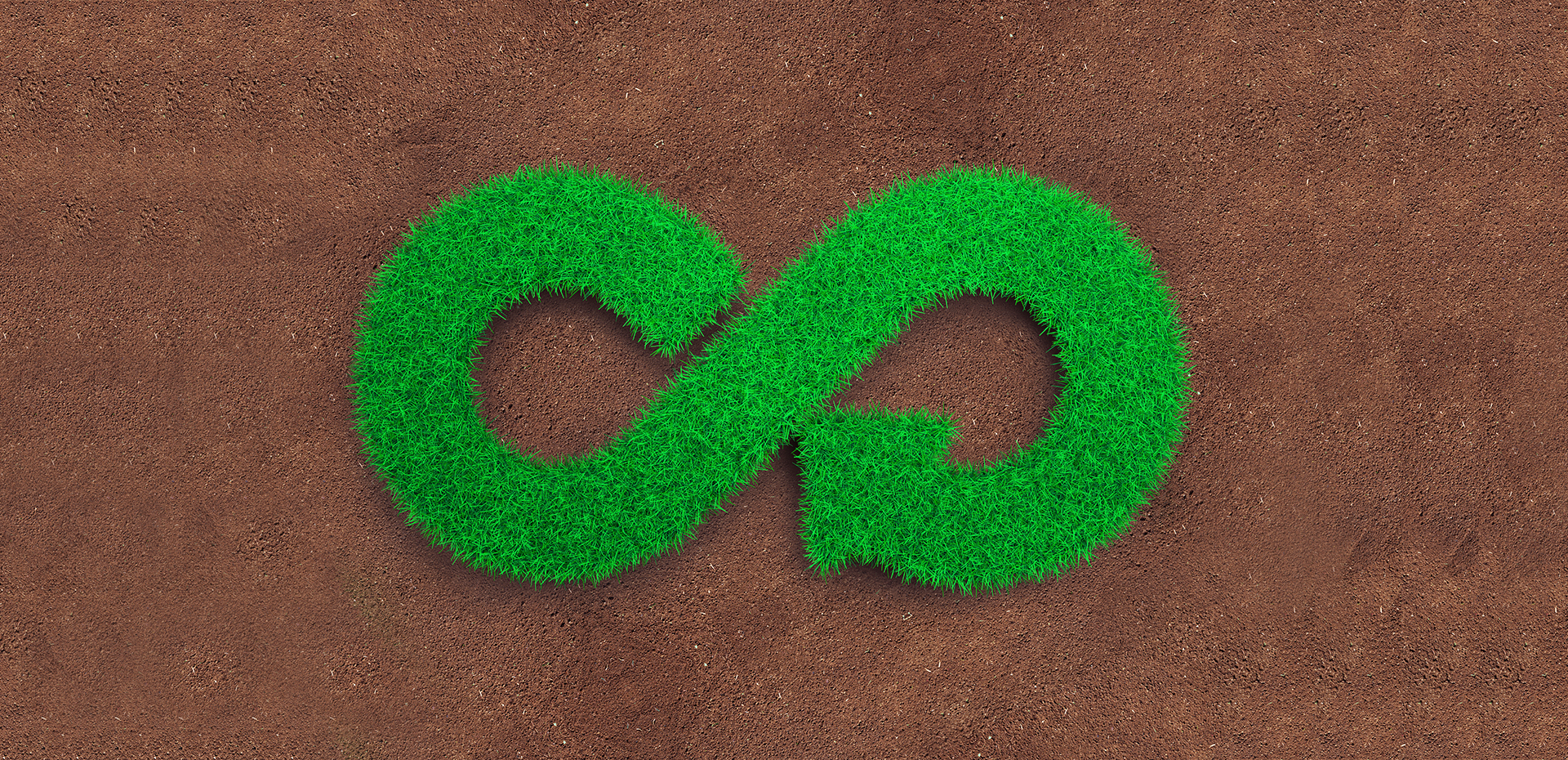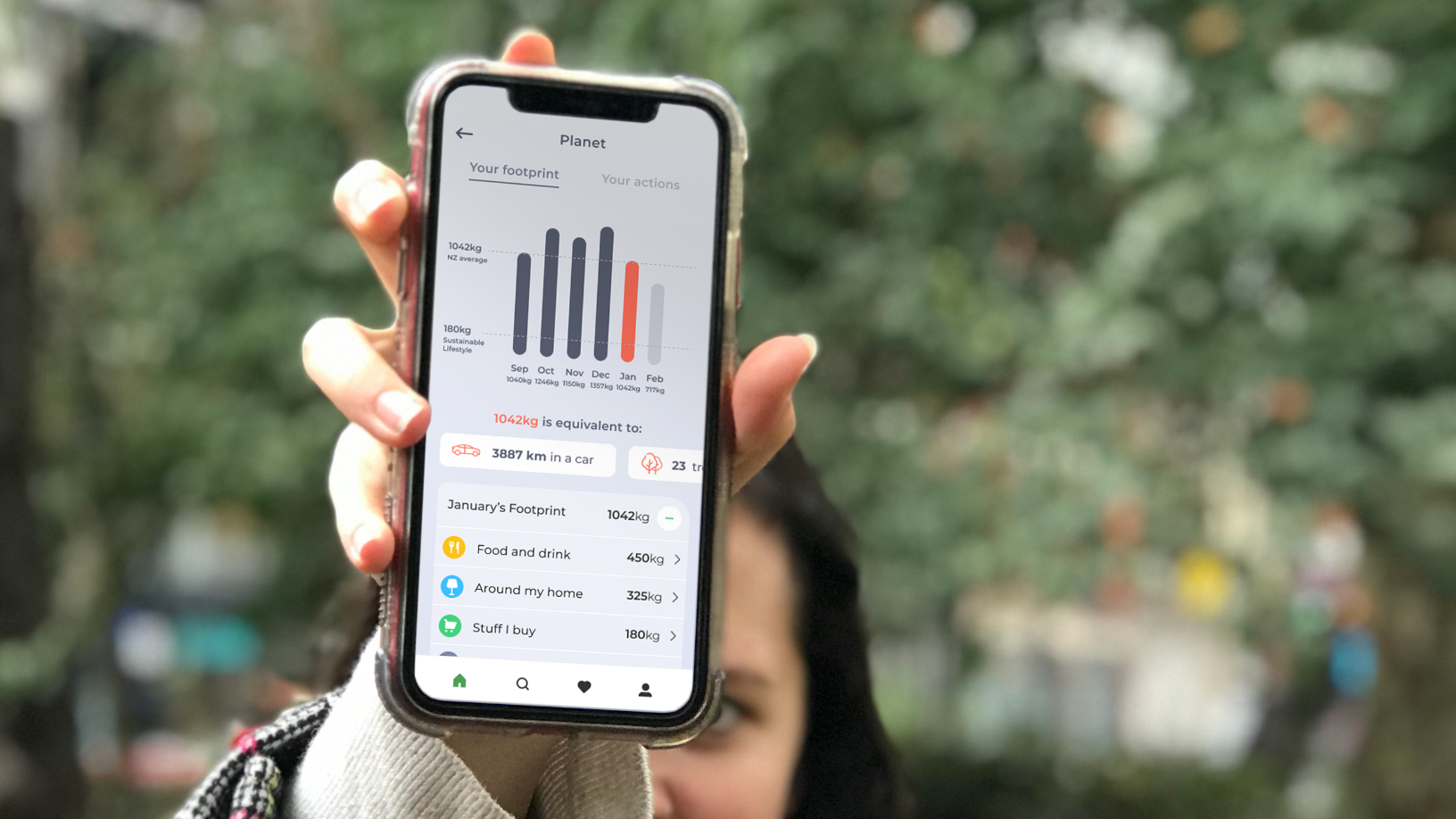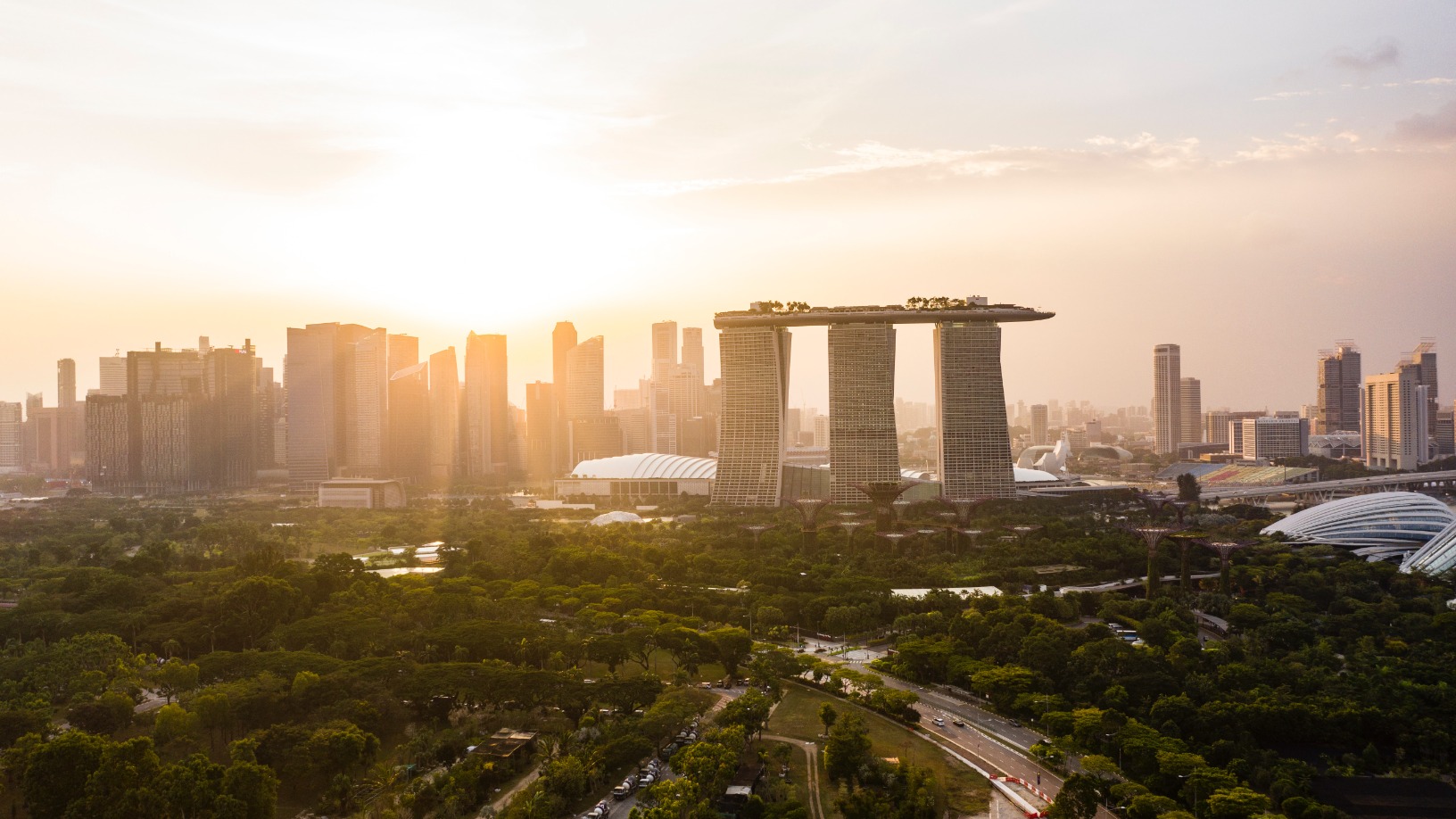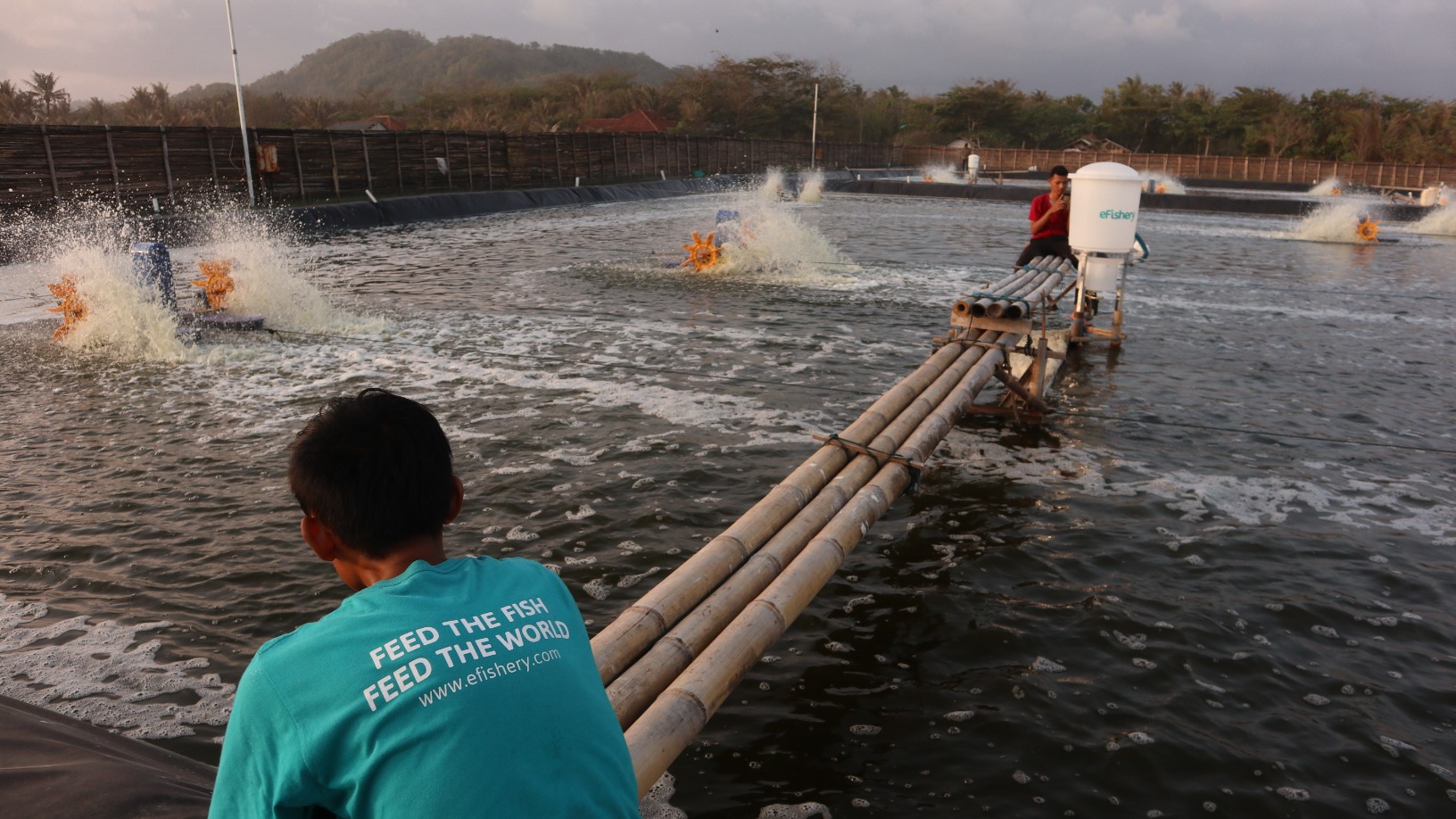As European manufacturers prepare to meet mandated landfill reduction and recycling targets for packaging products, Spanish startup ADBioplastics believes its bioplastic additive material – slated for commercial launch in 2020 – is well positioned to take advantage of this new growth market.
To date, 8.3bn metric tons of plastics have been manufactured globally, a figure which is expected to reach 12bn metric tons by 2050. A recent study of 259 plastic bottles of bottled drinking water sold by 11 brands revealed micro-plastic contamination of the water in 93% of bottles examined. In response to such issues, the EU has adopted new rules designed to reduce plastic waste and speed up the transition to a circular economy.
Founded in 2016, Valencia-based ADBioplastics has taken a material known as PLA (Polylactic Acid) biopolymers – a viable thermoplastic that can be used as an alternative to petroleum-based plastics – and developed a bioplastic additive material from plant-based ingredients such as corn, sugar cane and sugar beet. Called PLA Premium, this additive can be used to make compostable and biodegradable plastic food and beverage packaging on an industrial scale.
Speaking to CompassList at the South Summit in Madrid, ADBioplastics CEO and co-founder José Manuel Suárez and CMO Lorena Garcia outlined the advantages of PLA Premium and their ambitions for its industrial application.
This interview has been translated from Spanish and edited for length and clarity.
How did ADBioplastics come about and what is your product offer?
Lorena Garcia: The company was formed three years ago as a spin-off from ITENE, a technological center that has worked on R&D on biopolymer materials for more than 10 years. The know-how [acquired there] has been translated into ADBioplastics. We produce an additive material from PLA biopolymers, which improves the performance of the PLA. We call it PLA Premium.
José Manuel Suárez: Biopolymer materials have existed in the industry for many years but have not been widely used because of poor industrial properties such as a lack of transparency or the capability to insulate from humidity. We have patented a technology that solves these issues by transforming it into a material suitable for common industrial applications like food packaging. A company that today wants to move from plastic to bioplastic must invest a lot to adapt its machinery to new sustainable materials. A key aspect of PLA Premium is our clients don’t have to change machinery; they can keep working with their usual molds without undertaking expensive adaptations.
How long does it take for a 120ml bottle made from bioplastic to decompose?
L.G.: Our product is biodegradable and compostable. If you throw it in the organic trash, it is sent to dedicated industrial composting factories where it biodegrades in less than six months. If the packaging is thrown into the environment, it might take years but it will still biodegrade without leaving any waste.

How much does it cost to produce compared to traditional plastics?
J.M.S: Our price per kilogram is more expensive than a traditional plastic container. An important aspect is that when our material decomposes in the environment, it becomes a form of water and sugar which does not damage the environment. For our clients, being able to throw their packaging into organic waste is such an advantage that the price differential doesn’t represent a limit.
L.G.: From the point of view of the end customer, the price difference is minimal. We have estimated that a bioplastic yogurt pot may cost only few cents more than a traditional one.
What is the competitive landscape like for bioplastics?
L.G.: We have direct and indirect competitors. Packaging manufacturers can opt for PET recycled; our added value relies on exclusive properties given by the additive material that no one else in the industry has replicated yet. Our material can be adapted to most industrial machines in a way that simple PLA cannot do.
J.M.S.: When we started to develop ADBioplastics, we collaborated directly with packaging manufacturers in the food and beverages industry. We listened to their requirements and adapted our material accordingly. Most manufacturers we are talking to are surprised to see how easy the transition from plastic to bioplastic can be.
Are you ready to commercialize the product?
J.M.S.: We haven’t started to commercialize our solutions yet. The first pilot was launched in November 2018 and since then we have gradually increased our production volumes. Our clients are used to working with big volumes and as of today we don’t have the production capacity to meet such industrial standards. In this current phase, we are testing the scalability of the product to ensure we can deliver the same quality and performance in larger quantities.
What is your planned business model?
J.M.S.: We will have two key levels. The first is producing a given volume of additive material, which is suitable for multiple industrial applications. Once the material and technology gain sufficient traction, we would like to sell our additives directly to manufacturers.
Who are your clients?
L.G.: About 90% of our target market is the food and beverages industry. We are not struggling to find clients as we provide a solution that the industry is looking for. We need to get more visibility and increase awareness in the industry as many potential clients are not aware such an alternative exists. We have received feedback from industry players that they have no idea who to go to in order to make such changes and adapt it into their processes.
J.M.S.: Our sales representatives say they are doing more consultancy rather than sales. There’s a whole supply chain under pressure as European regulations demand for big changes to happen by 2030 and this has to start from packaging manufacturers.
How are you funding the company?
L.G.: We applied for the EU's Horizon 2020 program which backed us with a grant of €1.2m in 2018, which allows us to continue with production and research. We are currently in the second stage of this program; for us this is a great achievement as it means the EU believes in our project.
J.M.S.: By the end of the year we would like to close a new funding round needed to build a bigger factory to scale our existing production. We are looking to raise €3m to €5m with a view to being operative by mid 2020.
How much of ADBioplastics does ITENE control?
J.M.S.: ITENE currently controls 100% of the startup. A new funding round will involve new investors like clients as well as family offices; this will ultimately change the existing stakeholders’ structure.
What have been the biggest challenges in the development of PLA Premium?
J.M.S.: The biggest challenge has been acquiring the sufficient knowledge to meet the industrial standards our clients demand. A coming challenge will be scaling the production while keeping the same quality and properties of the PLA Premium.
Which markets are you targeting?
L.G.: We will be definitely looking to establish our position at the national level but the whole European market is a potential target, [as are] all the Latin American countries. We are also looking to expand into other verticals like cosmetics and pharmaceuticals.
